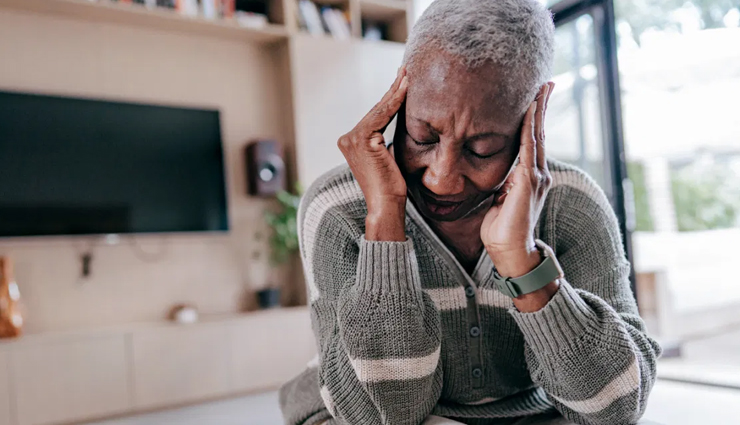- Home›
- Healthy Living›
- World Stroke Day 2022- 5 Major Signs Of Stroke To Lookout For
World Stroke Day 2022- 5 Major Signs Of Stroke To Lookout For
By: Kratika Maheshwari Sat, 29 Oct 2022 10:38:09

Anyone, at any time, anywhere, can experience a stroke. Stroke is currently the second greatest cause of mortality and the top cause of disability worldwide however, almost all strokes are preventable. Worldwide 110 million people have experienced a stroke and live with impacts that can include severe physical disability, communication difficulties, changes in how they think and feel, and loss of work, income and social networks as mentioned by the World Stroke Organization website. Every year World Stroke Day is observed on October 29th to raise awareness of the prevention and treatment of strokes.
A stroke occurs when there is a sudden interruption to the blood supply in the brain. In the United States, stroke is the leading cause of disability – with someone having a stroke every 40 seconds. Most strokes are preventable, and many are treatable.

# Numbness, weakness or paralysis of the face, arm or leg – particularly on one side of the body, including face drooping and trouble lifting an arm or leg
# Confusion, trouble speaking like slurred speech or inability to find the right words, or difficulty understanding what others are saying
# Trouble seeing in one or both eyes such as seeing double, blurry vision or blackened vision
# Difficulty walking, dizziness, loss of balance or lack of coordination
# Severe headache with no known cause, which could be accompanied by vomiting, dizziness or an altered state of consciousness

Pre-stroke symptoms
Pre-stroke or mini stroke are common terms that refer to a transient ischemic attack (TIA). Unlike a regular stroke, mini strokes only last for a few minutes and don’t usually cause permanent damage. Even though they last for different amounts of time, mini strokes and strokes have the same early warning signs and symptoms. If you suspect you may be experiencing pre-stroke symptoms, it’s important to see a doctor right away. One in three people who experience pre-stroke symptoms will eventually have a stroke.
Silent strokes
Strokes with no noticeable symptoms are called silent strokes. Silent strokes can happen when the area of damage is small and occurs in a part of the brain that doesn’t control vital functions like speech or movement.

How to tell if someone is having a stroke: B.E.F.A.S.T.
A helpful way to remember the signs of a stroke is by using the acronym B.E.F.A.S.T.
B – Balance problems
Is the person having trouble staying coordinated or balanced? Do they feel dizzy? Are they stumbling as they walk?
E – Eyesight issues
Does the person have blurry or blackened vision? Are they seeing double or having other eyesight problems?
F – Face drooping
Is one side of the face drooping or numb? Ask the person to smile and look to see if one side of their mouth is drooping.
A – Arm weakness
Is one arm weak or numb? Can the person raise both arms at the same time? If both arms are raised, does one slouch or sag below the other? Strokes often affect one side of the body, so arm weakness – or leg weakness – can be an important sign to watch for.
S – Speech difficulty
Is speech slurred or hard to understand? Is the person confused? Ask the person to repeat a simple phrase and listen for anything strange.
T – Time to call Emergency
If someone is experiencing one or more of these stroke symptoms, it’s time to call 108. Again, getting the right care as quickly as possible is important for getting treatments that can help reverse stroke damage.





